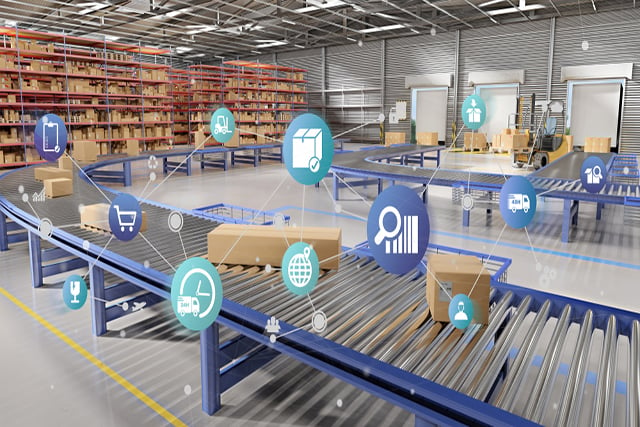The Role of 3D Modeling and Augmented Reality in E-Commerce Supply Chain Management

The Role of 3D Modeling and Augmented Reality in E-Commerce Supply Chain Management As e-commerce continues to grow and evolve, businesses are facing increasing pressure to optimize their supply chain management processes in order to stay competitive. One way to achieve this is by leveraging 3D modeling and augmented reality (AR) technology to improve supply chain efficiency and reduce costs. According to a report by MarketsandMarkets, the global 3D modeling market is expected to grow from $1.5 billion in 2019 to $6.5 billion by 2024, driven by the increasing demand for 3D modeling technology in various applications, including product design and visualization. Similarly, the global AR market is expected to grow from $1.96 billion in 2020 to $8.02 billion by 2024, as more businesses seek to leverage AR technology to enhance their operations. Here are some of the ways that 3D modeling and AR can play a role in e-commerce supply chain management: Virtual product development and prototyping 3D modeling technology allows for the virtual creation and testing of products before they are physically produced. According to a survey by Jabil, 47% of product development professionals believe that 3D printing and modeling are the most important emerging technologies for product development. This can help businesses to identify design flaws and make necessary adjustments early in the development process, reducing the likelihood of costly errors and delays down the line. Additionally, 3D modeling can be used to create virtual prototypes, which can be shared with suppliers and manufacturers to help ensure that the final product meets quality standards and requirements. Improved warehouse operations AR technology can be used to improve warehouse operations by providing workers with real-time information and guidance. According to a study by DHL, AR glasses can improve productivity by 15% in picking processes and reduce error rates to almost zero. For example, workers can use AR glasses to see real-time inventory levels and product locations, which can help to reduce the time and resources needed to find and move products. AR technology can also be used to guide workers through complex picking and packing processes, improving efficiency and reducing errors. Enhancing the customer experience Finally, 3D modeling and AR can be used to enhance the customer experience by providing more detailed product information and engaging visualizations. According to a survey by DigitalBridge, 43% of consumers would be more likely to purchase a product if they could see how it would look in their own space using AR. For example, customers can use AR technology to see how a product will look in their home before they make a purchase, reducing the likelihood of returns and increasing customer satisfaction. Additionally, 3D product visualizations can be used to provide customers with more detailed information about a product's features and specifications, helping them to make more informed purchasing decisions. By leveraging 3D modeling and AR technology in their supply chain management processes, e-commerce businesses can reduce costs, improve efficiency, and enhance the customer experience. As these technologies continue to evolve and become more widespread, businesses that are able to effectively integrate them into their supply chain operations will be well-positioned to stay competitive and meet the changing needs of their customers.